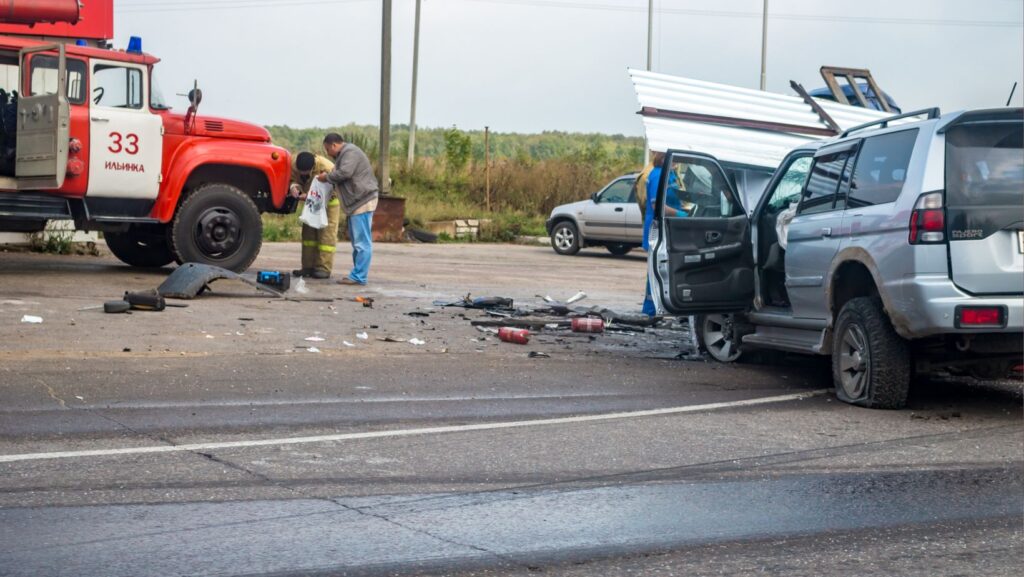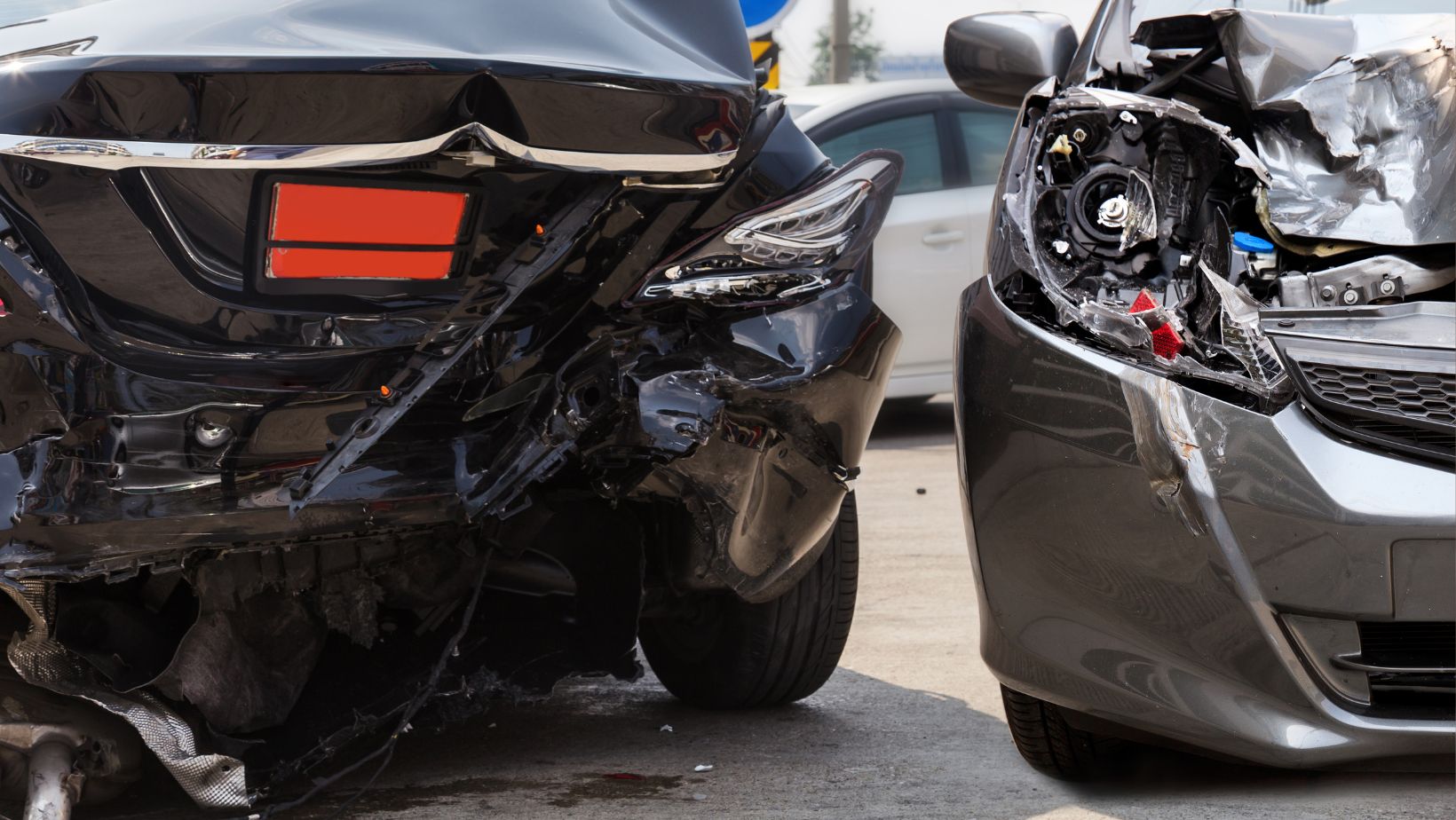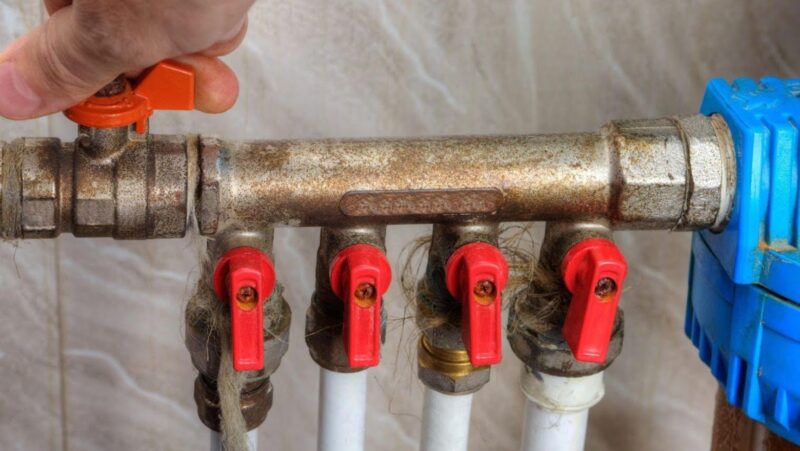
Minimum coverage of car insurance may meet legal requirements, but it often falls short when serious accidents occur. These policies are designed to provide basic financial protection, but they rarely cover the full extent of damages in severe cases. Victims can be left with mounting medical bills, lost income, and property damage costs that far exceed the coverage limits. Understanding these limitations is crucial for protecting yourself and your finances after a serious accident.
Many drivers rely on minimum coverage, assuming it will be enough to handle any accident. However, in cases involving severe injuries or multiple vehicles, the policy limits are often reached quickly. This can leave the at-fault driver and the victim struggling to pay for the remaining expenses. Knowing the risks associated with minimum coverage helps individuals make more informed decisions about their insurance needs.
Why Minimum Coverage Falls Short
Minimum coverage policies are not designed to handle the high costs associated with serious accidents. Medical expenses alone can quickly exhaust the coverage limits, leaving no room for additional damages like lost wages or pain and suffering. Property damage, such as repairing or replacing vehicles, adds another layer of financial strain.
In accidents involving multiple victims, the limited funds are often split among all parties, reducing the amount each person receives. This creates a financial gap that can be devastating for victims who rely on full compensation for their recovery. Recognizing these gaps highlights the importance of considering higher coverage options.
The Risks of Relying on Minimum Coverage
Drivers who carry minimum coverage are often unprepared for the financial consequences of a serious accident. While these policies may save money on premiums, they expose policyholders to significant out-of-pocket expenses if they are found at fault. Even worse, these drivers may face legal action from victims seeking compensation for uncovered damages.
Victims of accidents caused by underinsured drivers often struggle to recover their losses. Without sufficient coverage, they may be forced to use their own insurance or pursue a lawsuit to cover the costs. These situations demonstrate how relying on minimum coverage can create challenges for both at-fault drivers and accident victims.
The Value of Uninsured and Underinsured Motorist Policies for Road Safety
Uninsured and underinsured motorist coverage is an essential safeguard against the risks of minimum coverage policies. This type of coverage protects you if the at-fault driver does not have enough insurance to cover your damages. It provides additional compensation for medical bills, lost wages, and other costs that exceed the at-fault driver’s limits.
Adding this coverage to your policy is especially important in areas with high numbers of uninsured or underinsured drivers. It ensures that you are not left financially vulnerable in the event of a serious accident. Taking this step can provide peace of mind and a safety net for unexpected situations.
Legal Challenges in Recovering Damages
When minimum coverage is insufficient, victims often face legal challenges trying to recover their losses. This is especially true in cases involving uninsured or underinsured drivers who lack the resources to pay for damages. Filing a lawsuit can be time-consuming and costly, further complicating the recovery process.
Working with an experienced attorney can help victims navigate these challenges. For those in Nevada, consulting an uninsured driver accident lawyer in Las Vegas can provide valuable guidance. These professionals understand the complexities of such cases and can help victims explore their options for securing compensation.
The Importance of Analysing Your Coverage
Many drivers don’t think about their insurance limits until after an accident occurs. Reviewing your policy regularly ensures you have enough coverage to protect yourself in a serious accident. Consider factors like medical costs, property values, and lost income when determining your coverage needs.
Increasing your coverage limits or adding options like uninsured motorist coverage can save you from significant financial hardship later. While higher premiums may seem like an added expense, they offer invaluable protection for you and your family. Taking the time to review and update your policy is a proactive step toward financial security.
The Impact of Minimum Coverage on Long-Term Financial Stability
Serious accidents often result in financial challenges that minimum coverage is not designed to handle. Victims may require expensive medical treatments, ongoing rehabilitation, or adaptive equipment to recover from their injuries. These costs can quickly exceed the policy’s limits, leaving victims to cover the remaining expenses out of pocket. For many, this financial burden adds stress during an already difficult time and can significantly delay recovery.
At-fault drivers with insufficient coverage face their own financial risks, including personal liability for damages that exceed their policy limits. This can lead to lawsuits, wage garnishment, or even bankruptcy, depending on the severity of the accident. The long-term effects of inadequate coverage impact both the at-fault driver and the victims, underscoring the need for proper insurance. Choosing comprehensive coverage provides financial protection and peace of mind in the event of a serious accident.
Educating Drivers About the Real Costs of Accidents
Many drivers underestimate how expensive serious accidents can be, leaving them unprepared for the financial fallout. Medical treatments, vehicle repairs, and legal fees can add up to tens or even hundreds of thousands of dollars. Minimum coverage policies rarely cover these costs, leaving victims with significant gaps.
Educating yourself and others about the risks of insufficient insurance can encourage smarter decisions. Understanding the real costs of accidents can motivate drivers to invest in better coverage, ensuring they are prepared for unexpected events. Spreading awareness helps create a safer and more financially secure community.
Finding the Right Balance Between Coverage and Cost
Choosing the right insurance coverage means finding a balance between affordability and protection. While minimum coverage may seem appealing due to its lower premiums, it often fails to provide adequate support in serious accidents. Higher coverage limits and additional options, like uninsured motorist protection, offer greater security.
When reviewing your options, consider your budget alongside the potential risks of insufficient coverage. An informed decision now can prevent financial strain and stress after an accident. Investing in comprehensive coverage is a step toward peace of mind and long-term financial stability.





